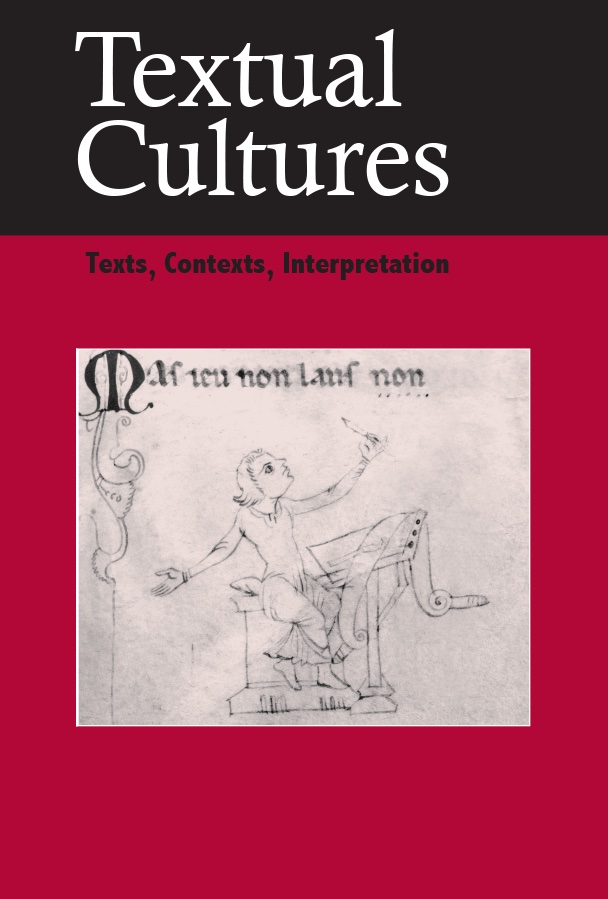Walt Whitman’s Trunk
Main Article Content
Abstract
Whitman is often thought of as a chaotic creator, leaving behind an ocean of messy manuscripts, flimsy scraps, scribbled notes, and endless clippings. Nonetheless, this essay argues, storage of his manuscripts and previously printed work was a pressing concern for Whitman in his early and mid-career, occupying his mind even during major life crises. Importantly, he wasn’t concerned merely with preserving a bibliographic record but with maintaining a resource for future work. Whitman developed a means of accessing his past writings in a mobile form — a trunk as both an actual object and symbol — as he relocated frequently from place to place. This article presents newly identified, almost word for word, borrowings in the 1860–1861 “Brooklyniana” series, taken from his 1849–1850 “Traveling Bachelor” series. It connects these new findings to recently identified reviews from the late 1840s appearing almost verbatim in Whitman-edited papers hundreds of miles apart. Framing the “trunk” as both a historical, physical storage medium and an icon of archival practice on the move, “Whitman’s Trunk” proposes a new reading of Whitman as a meticulous record keeper and careful practitioner of nineteenth-century copy & paste authorship.
Downloads
Article Details
Authors who publish with this journal agree to the following terms:
- Authors retain copyright and grant the journal right of first publication with the work simultaneously licensed under a Creative Commons Attribution License (see:http://creativecommons.org/licenses/by/3.0/us/) that allows others to share the work with an acknowledgment of the work's authorship and initial publication in this journal.
- Authors warrant that their submission is their own original work, and that they have the right to grant the rights contained in this license. Authors also warrant that their submission does not, to the best of your knowledge, infringe upon anyone's copyright. If the submission contains material for which an author does not hold the copyright, authors warrant that they have obtained the unrestricted permission of the copyright owner to grant Indiana University the rights required by this license, and that such third-party owned material is clearly identified and acknowledged within the text or content of their submission.
- Authors are able to enter into separate, additional contractual arrangements for the non-exclusive distribution of the journal's published version of the work (e.g., post it to an institutional repository or publish it in a book), with an acknowledgment of its initial publication in this journal.
